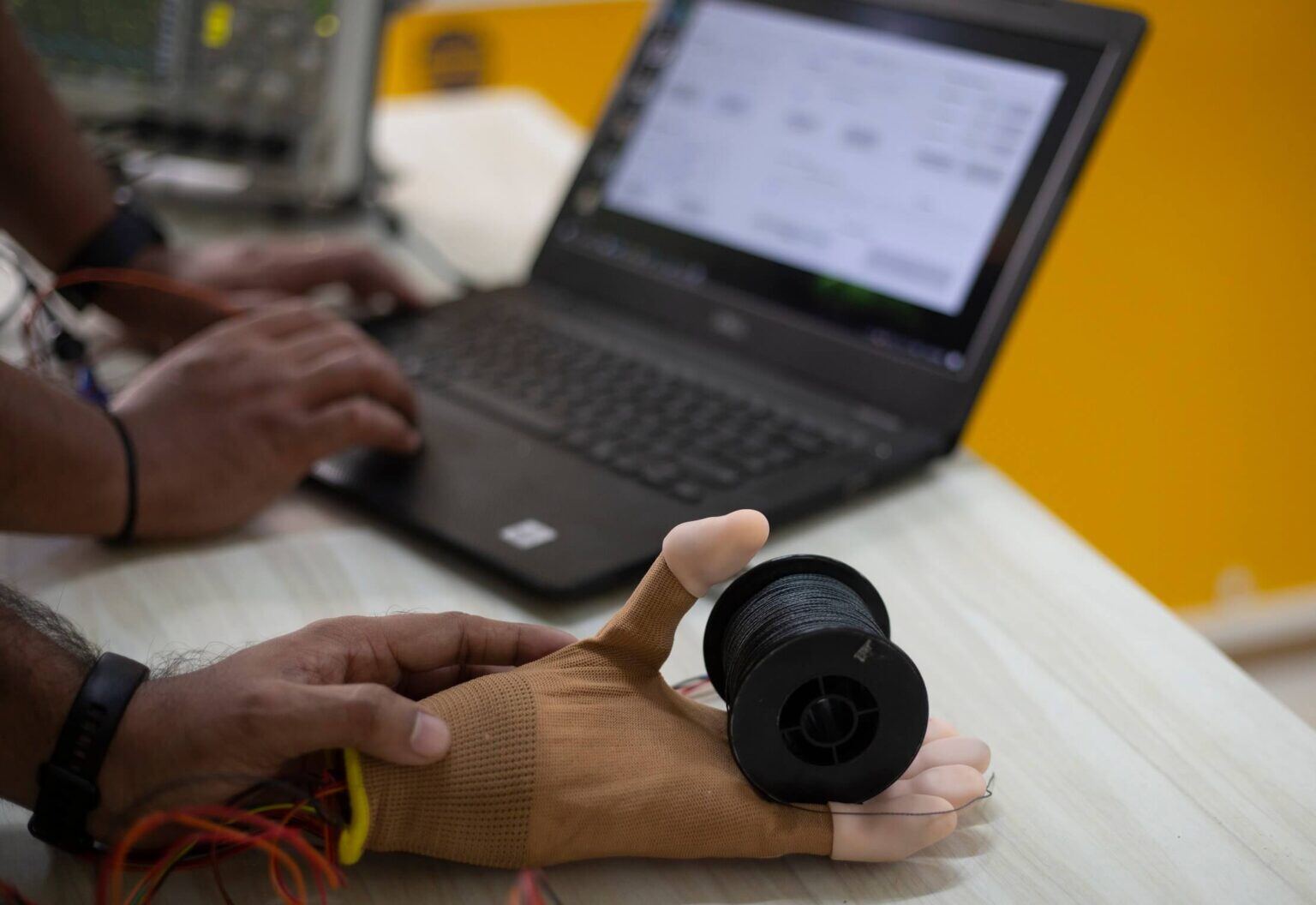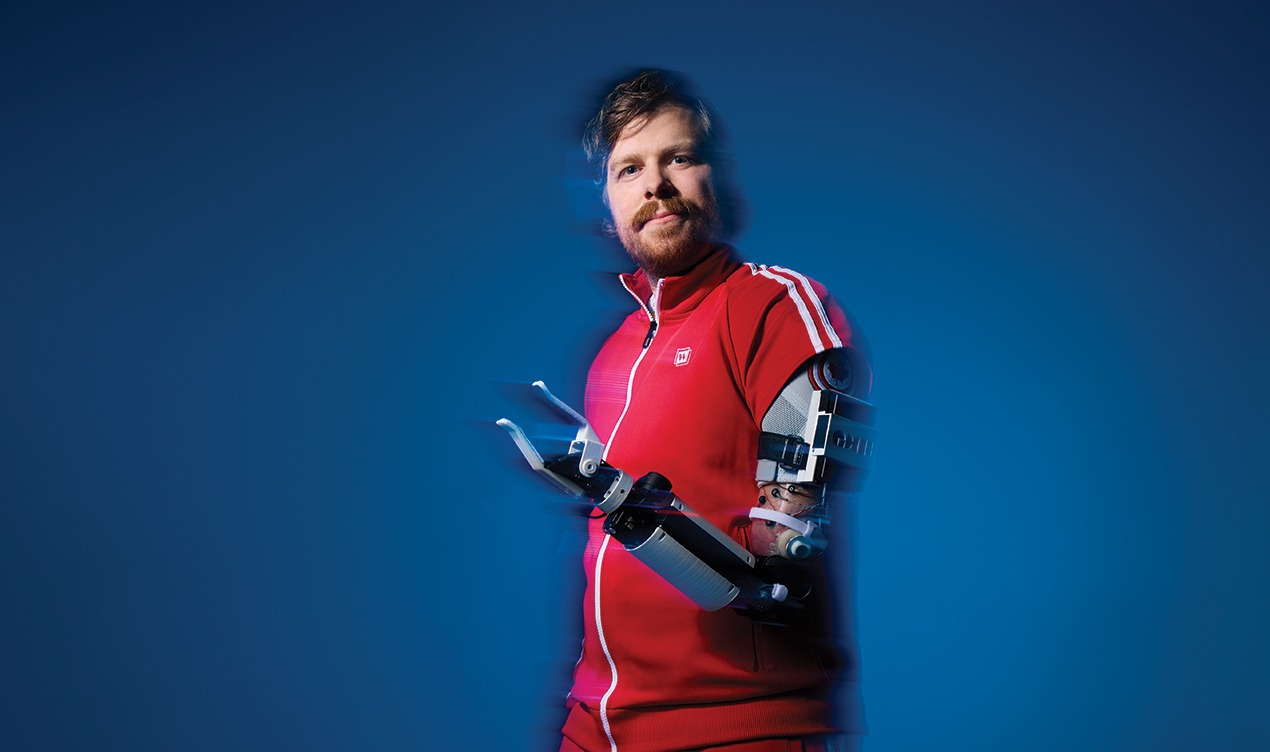Healthcare clinicians are already using artificial intelligence to guide decisions related to limb loss. AI is being integrated into prosthesis alignment, socket fabrication, exercise management, gait monitoring, and beyond. For better or worse, it’s also playing a role in insurance approvals, denials, and appeals.
According to a new study published in the medical journal Artificial Intelligence Surgery, AI’s role in limb care is almost certain to keep growing. “Our review suggests that the integration of AI in [limb caree] is not only rapidly growing but is seemingly inevitable,” write the authors, who are based at the University of Colorado School of Medicine. They go on to identify some distinct areas of limb care in which AI is rapidly emerging as an important tool, and changing how clinicians treat limb loss.
You can read the full paper online. Here’s a quick summary:
Prosthesis Use and Design
AI is driving rapid innovation in the development of neuroprosthetic devices. Systems known as convolutional neural networks (CNNs) have been shown to support highly responsive prosthetics that give wearers a high degree of control over joint flexion, a greater sense of proprioception, and some degree of sensory feedback. The study also notes the potential for AI (used in combination with advance imaging) to help determine the optimal placement of implants that connect nerve endings to prosthetic controllers. This type of research has shown promising results at the University of Minnesota, North Carolina State University, University of Wisconsin, Shirley Ryan AbilityLab, and elsewhere.
Management of Nerve Injuries and Pain
Pain is one of the leading causes of post-amputation health complications, the authors note—particularly phantom limb pain. Researchers have begun applying AI technologies to help identify the causes of pain and yield more effective treatment strategies. One of the most promising frontiers lies in the mapping of dense neural networks; AI now allows neurologists to develop highly precise blueprints of nerve pathways (down to the level of individual axon-synapse connections) in 1/50th the time required by manual methods.
Drug research is another area of progress: AI makes it possible to rapidly model physiological responses to thousands of individual drugs, and millions of drug combinations. By quickly identifying the most promising therapies, these preclinical models can streamline the process of clinical testing and approval.
Nerve repair and regeneration represent yet another area in which AI is driving innovation forward. The paper notes that “the application of AI to nerve regenerative strategies has the potential for revolutionary biotechnologies,” particularly in the development of biomaterials such as nerve guidance conduits.
Clinical Decisionmaking and Limb Preservation
“The application of AI in clinical decision making may revolutionize surgical practice through novel patient-centered approaches,” the authors write. AI systems are becoming extremely accurate in modeling the odds of success for limb-preserving treatments such as revascularization, vascular bypass, and minor amputation in patients with limb-threatening conditions. Similar approaches are helping clinicians evaluate limb-salvage options in patients with complex injuries.
In addition, clinicians are beginning to use AI to identify patients who face elevated risk of amputation and intervene before the conditions become limb-threatening. For example, AI can screen electronic health records and flag patients who require targeted PAD screening. It can also refine the results of conventional imaging techniques (such as ultrasounds), leading to more precise selection of treatments.
“AI-based strategies complement clinical judgment and support innovations in …. [amputation] prevention, management, peripheral nerve injury treatment, postoperative outcomes, and prosthesis design,” the paper concludes. “AI as a methodology holds promise in revolutionizing practice.”
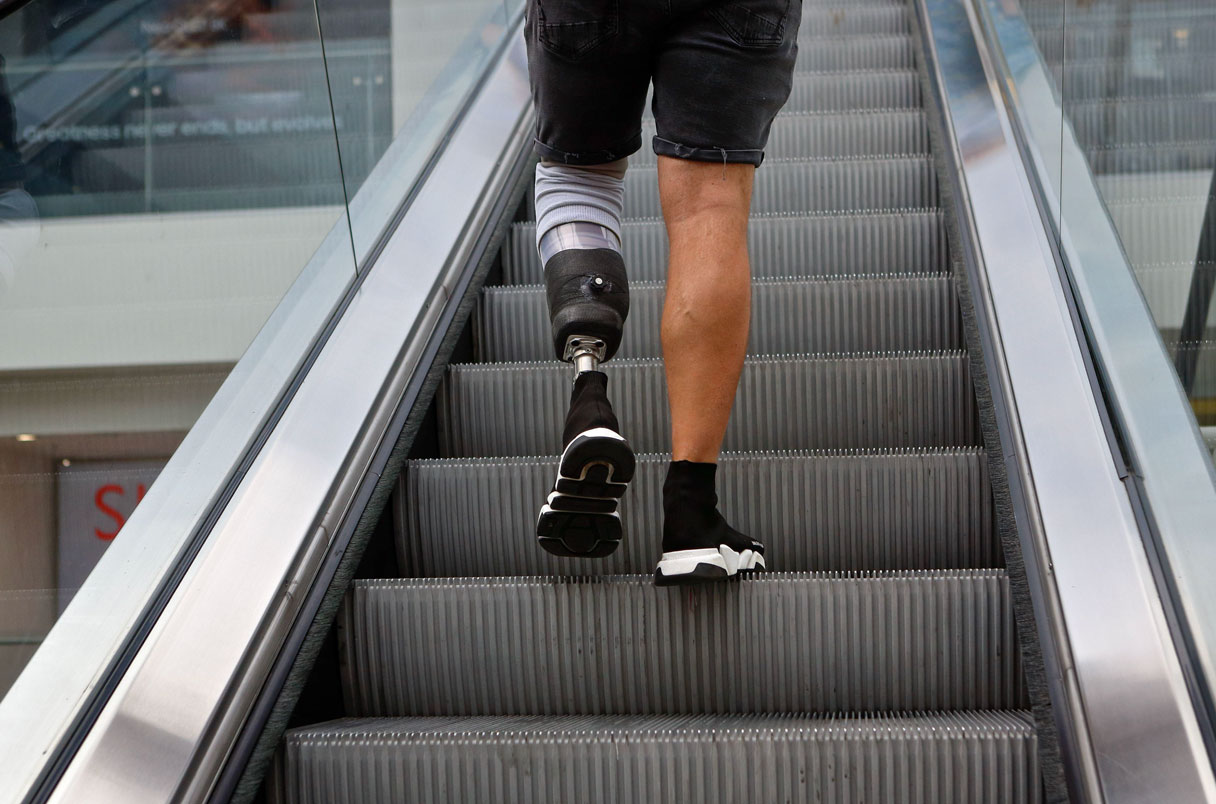

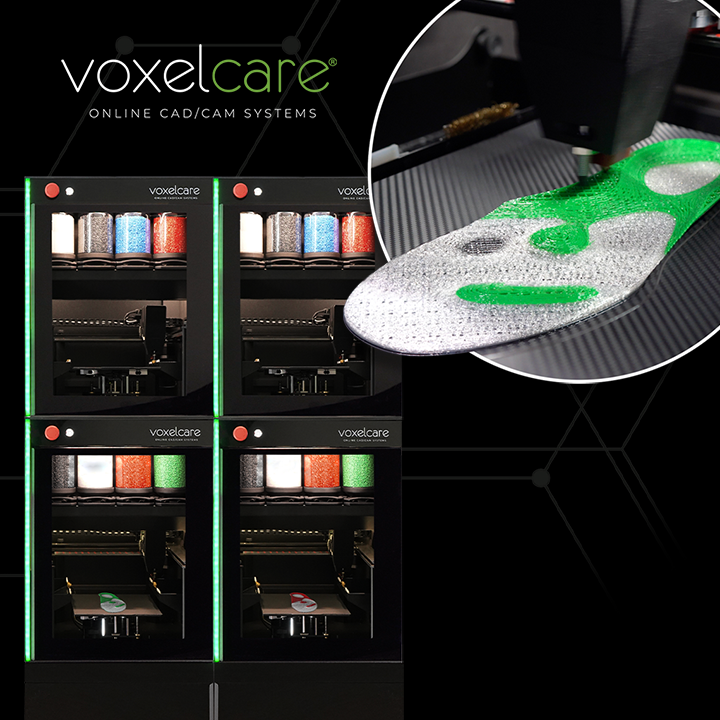

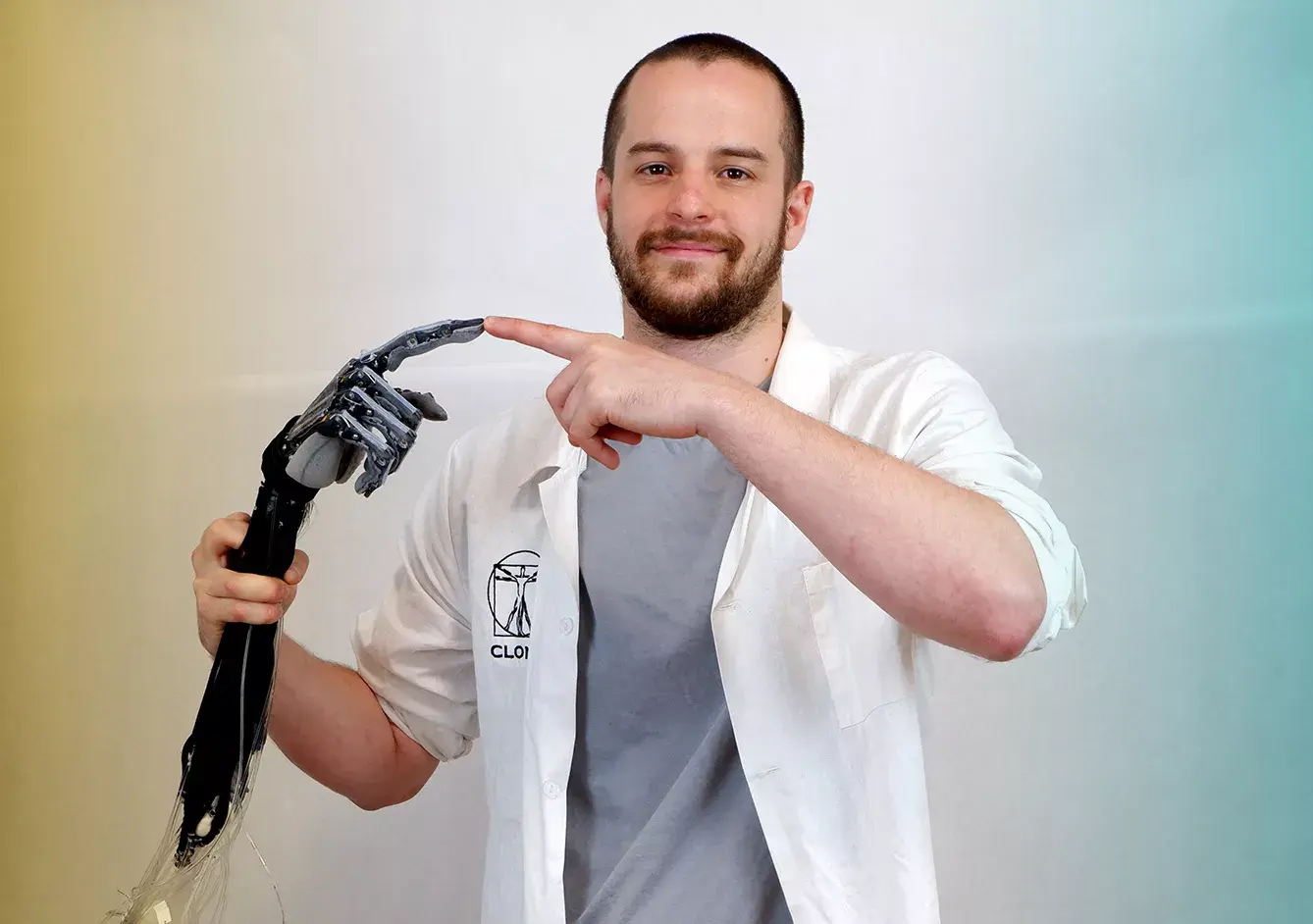

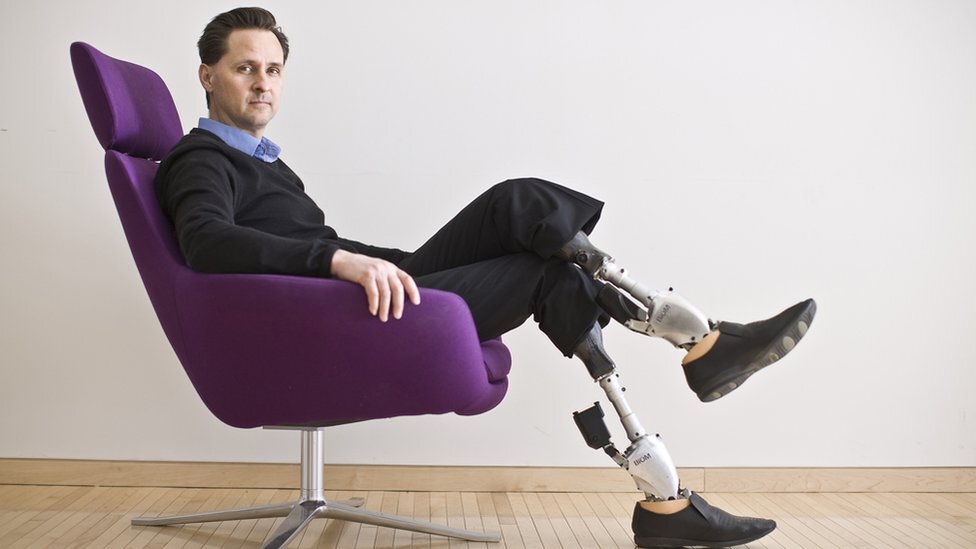

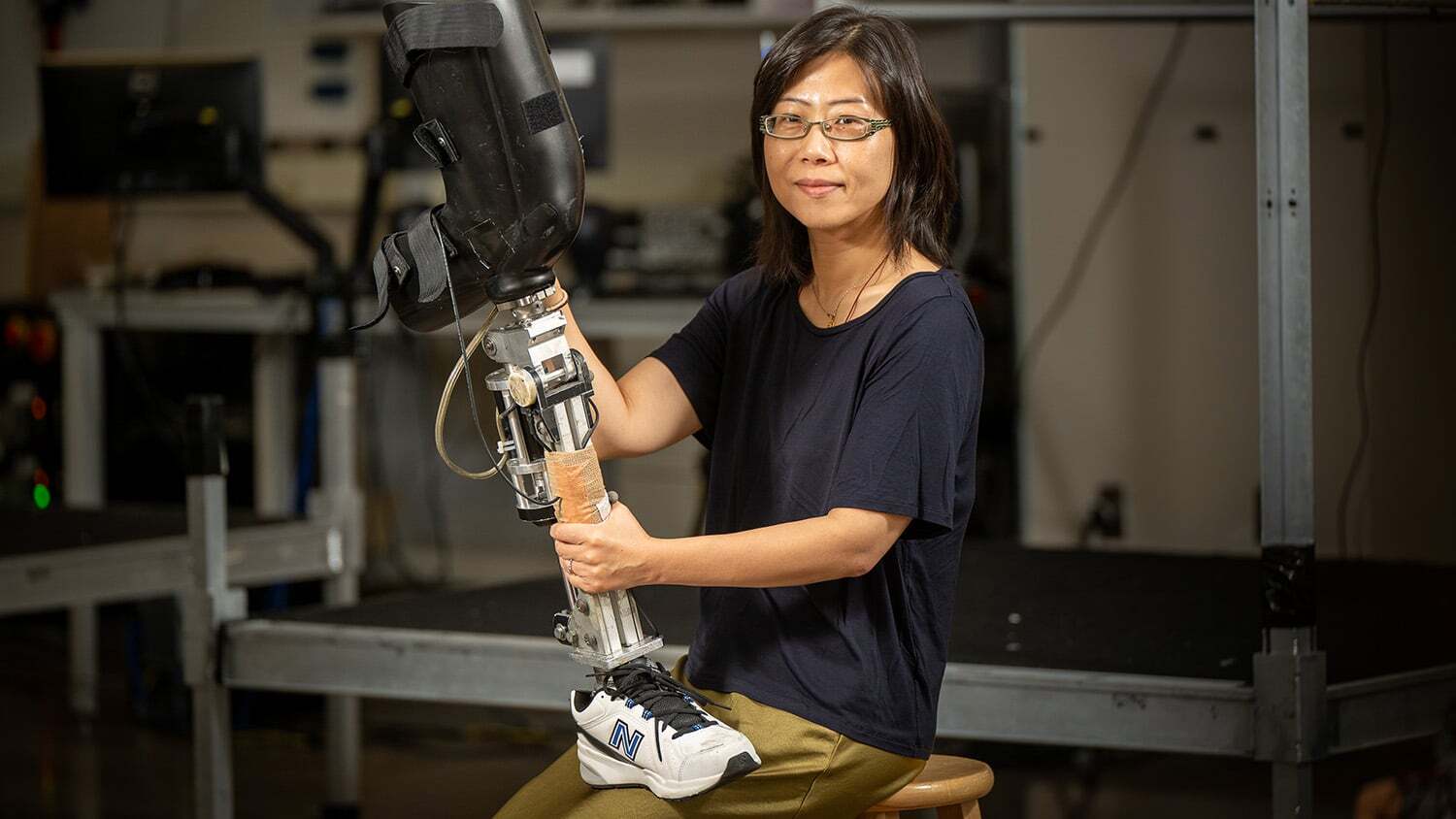


-1.png)

